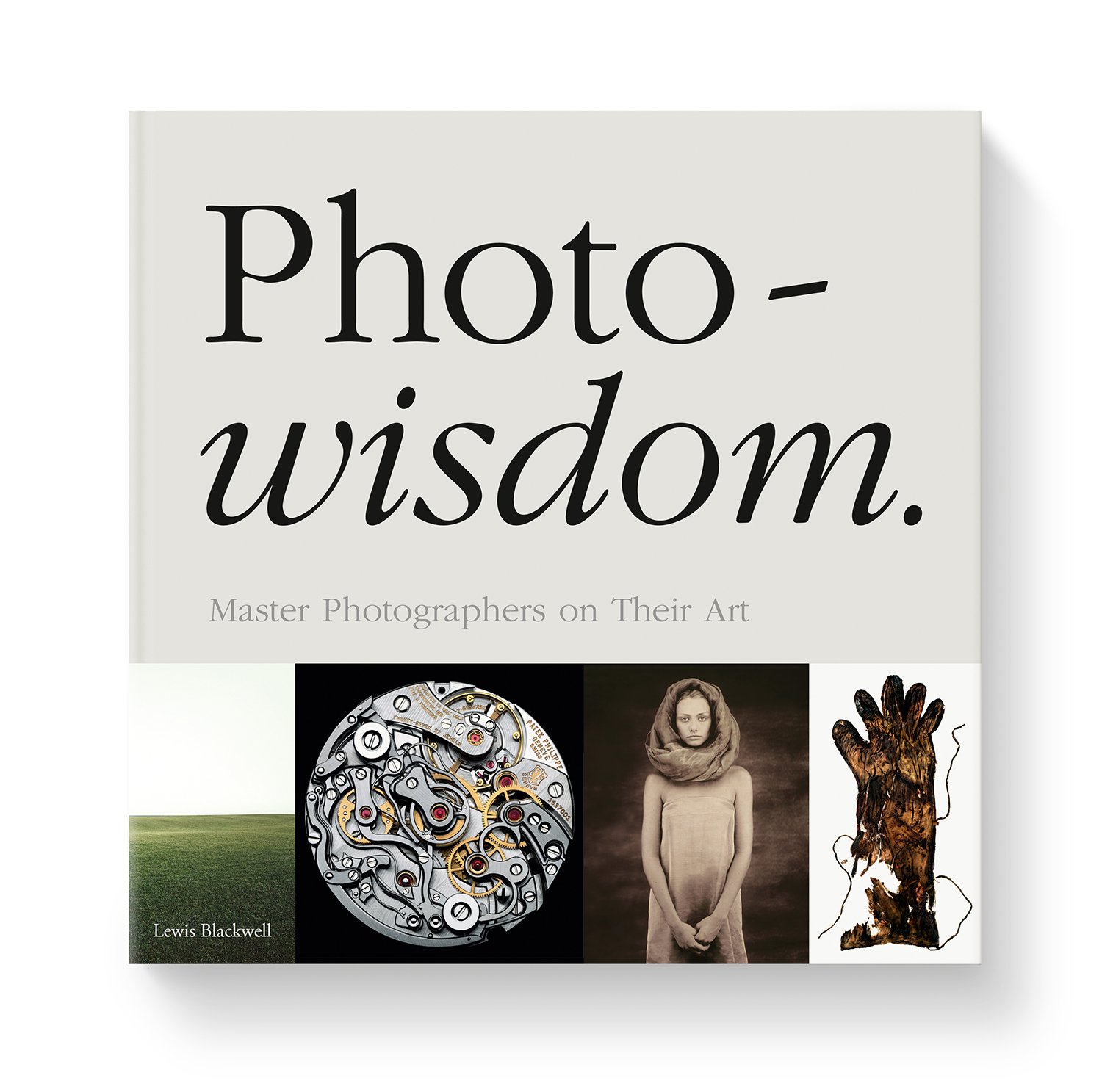Master Photographers on Their Art



I started my career as a hyper-realistic illustrator, working by hand on advertising and film posters. When the computers became faster and more popular, I moved my skills on to it and became a digital artist. Then I started to manipulate photos made by other photographers, and I began to have much more interest in photography.
The thing I love about photography is the possibility of catching reality. The first of my photographs that I felt worked was made during a trip. I was always fascinated with landscapes, especially empty spaces, and I wanted to freeze the moment. I still look at that early picture with sympathy and think it works.
A successful image needs to have a soul and give emotion when you look at it. I can be happy with an image because I like the subject, the light, the composition, and so on. But what I am really looking for is an image with emotional capability, and this is something that happens only a few times.
People might think I am highly digital, but I was one of the last photographers I know to start using a digital camera. I first started to take pictures in the period when digital retouch emerged, so I was strongly connected with the manipulation technology, and I was one of the first photographers working hard in doing their own photo-manipulation. But in fact, I’m really disappointed about how almost all photographers decided to pass to digital so quickly. I still feel the quality is far from traditional film. I don’t care about how much detail you might get in a digital camera back, how much resolution—I feel digital images lack depth and accuracy of color, especially when shooting outdoors. I have started to use a digital back on my commercial assignments, as working in film is becoming really hard. Most of the labs don’t have the same services to support film as you need or can’t meet the timing requirements. I really hope the companies that produce digital backs will concentrate more on improving color depth and the ability to match nature, rather than obsess about more pixels.
I am often shooting both on location and in the studio. Most pictures are composed from multiple elements, and it happens very often that I need to shoot different pieces that are put together. My rule is that you must always respect the light. I never shoot in studio something that needs to be placed outdoors. It is not a problem for me to shoot a model or a car in Milan and match with a street in New York, but I really take great care to have the same light angle and tone. I will never shoot the pieces in studio and try to recreate the outdoor light. It may be possible to get it close in the look, but it is never good enough. As I personally compose and retouch all my work, I’m really sensitive to every detail.
I think in some ways individual images are less important than twenty years ago. It is increasingly difficult to stand out. I think photography will survive but will be more connected with video. I receive more requests to direct video. But I also think photography will grow in the fine art world, and will also survive in the commercial world, as a still picture gives a totally different emotion to video. Video is so fast and doesn’t leave space in the head to allow for thought as a still picture does. That said, I would make an exception for how Sergio Leone movies work!
The big challenge for photography today is that digital makes it much easier to become a photographer, but it is even harder to become a very good photographer. When I worked by hand as an illustrator and graphic designer, I would spend an entire day to make by hand something that I can now do in two minutes with the computer. But all that time I used to spend was not wasted, as I think it made me grow better, teaching me the concentration, the patience, the precision, and the attention to not make a mistake.
From PhotoWisdom: Master Photographers on Their Art by Lewis Blackwell. Copyright by the photographer, reproduced with the permission of the publisher Blackwell & Ruth.
From PhotoWisdom: Master Photographers on Their Art by Lewis Blackwell. Copyright by the photographer, reproduced with the permission of the publisher Blackwell & Ruth.
